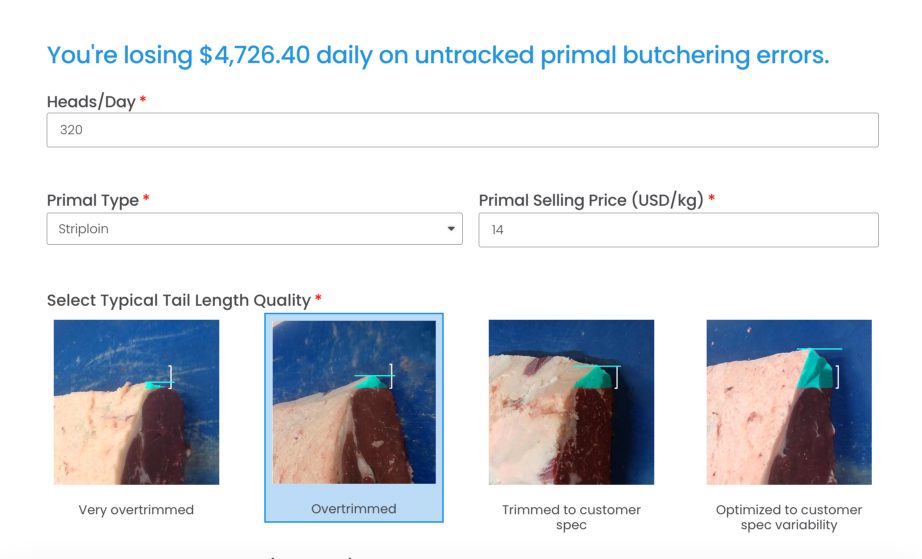Resources
Insights and news on our solutions, sustainability, and the food industry.
FREE RESOURCE
Striploin Yield Calculator
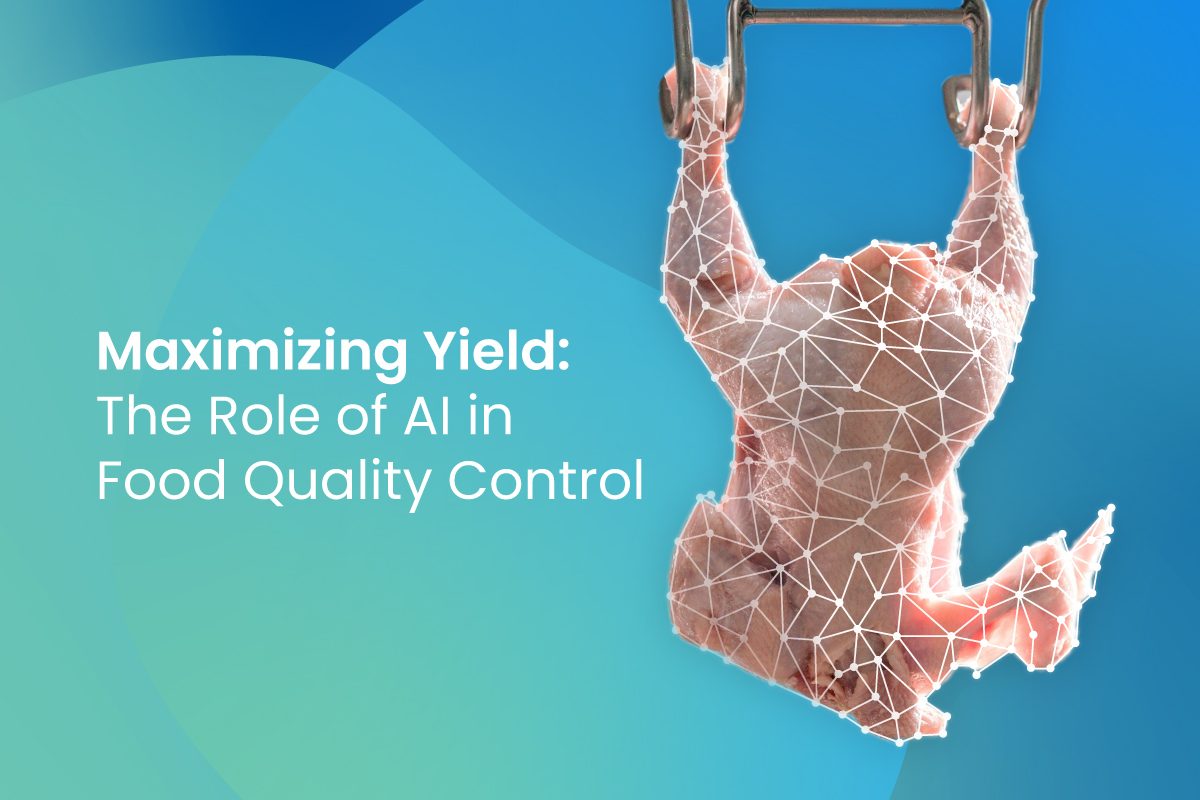
Maximizing Yield: The Role of AI in Food Quality Control
The need for effective food quality control measures in the food processing industry is more pressing than ever. Challenges like imperfect processing, overproduction, and various quality issues lead to significant food waste, causing both economic losses and environmental harm.
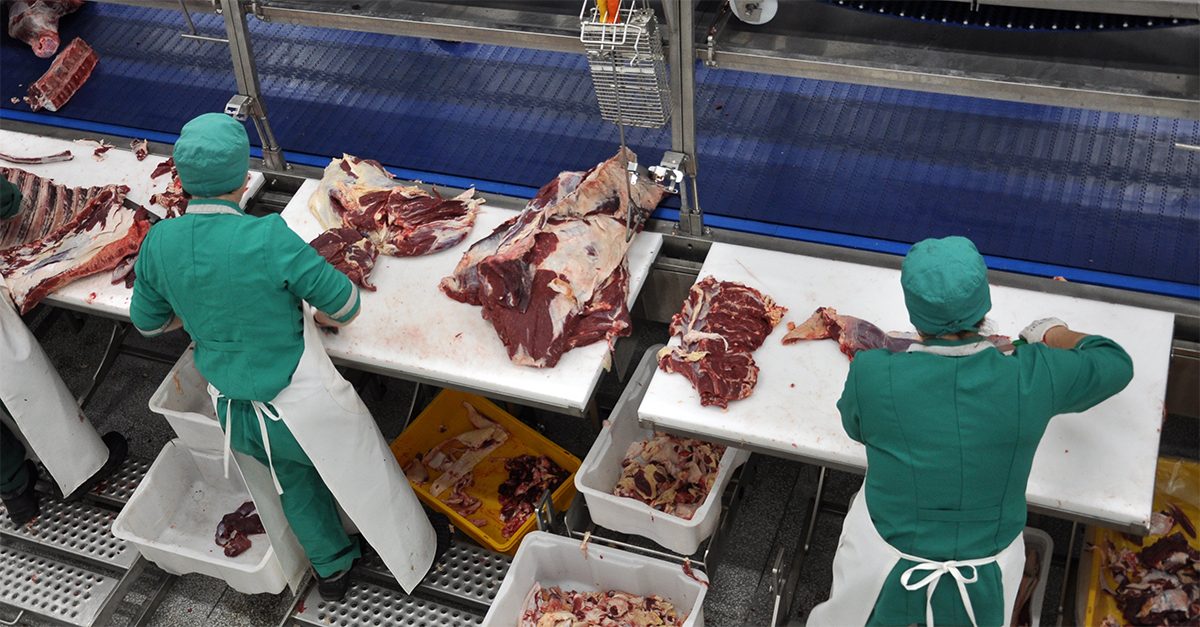
How AI is Transforming the Meat Industry
Artificial Intelligence has massive implications on cost savings, operations, and decision-making for fast-paced, manual processes like meat production.

How American Beef Processors Maximize Throughput
Meat processing methods vary across different regions, shaping how butchers approach their tasks and the speed and accuracy with which the product is processed.
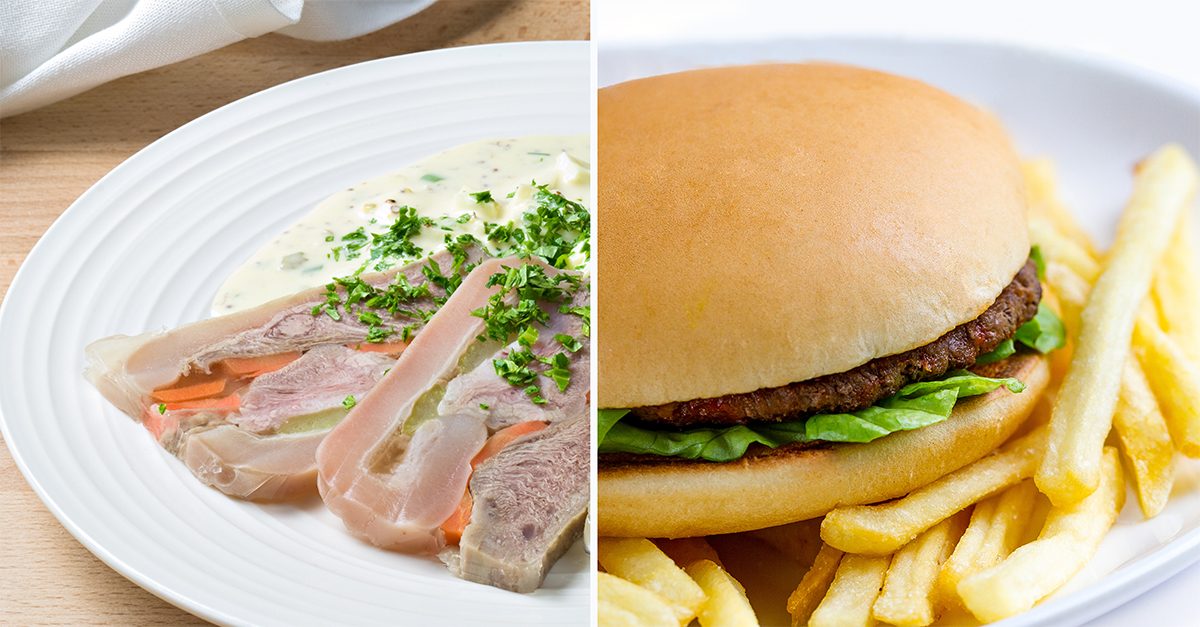
Delicacy or Disgusting? The Most Controversial Beef Cut
Rump cap, also known as picanha, is a popular cut of beef in Brazil, and it is highly valued for its tenderness and rich flavor.

How Does American Meat Processing Differ from the Rest of the World?
Rump cap, also known as picanha, is a popular cut of beef in Brazil, and it is highly valued for its tenderness and rich flavor.
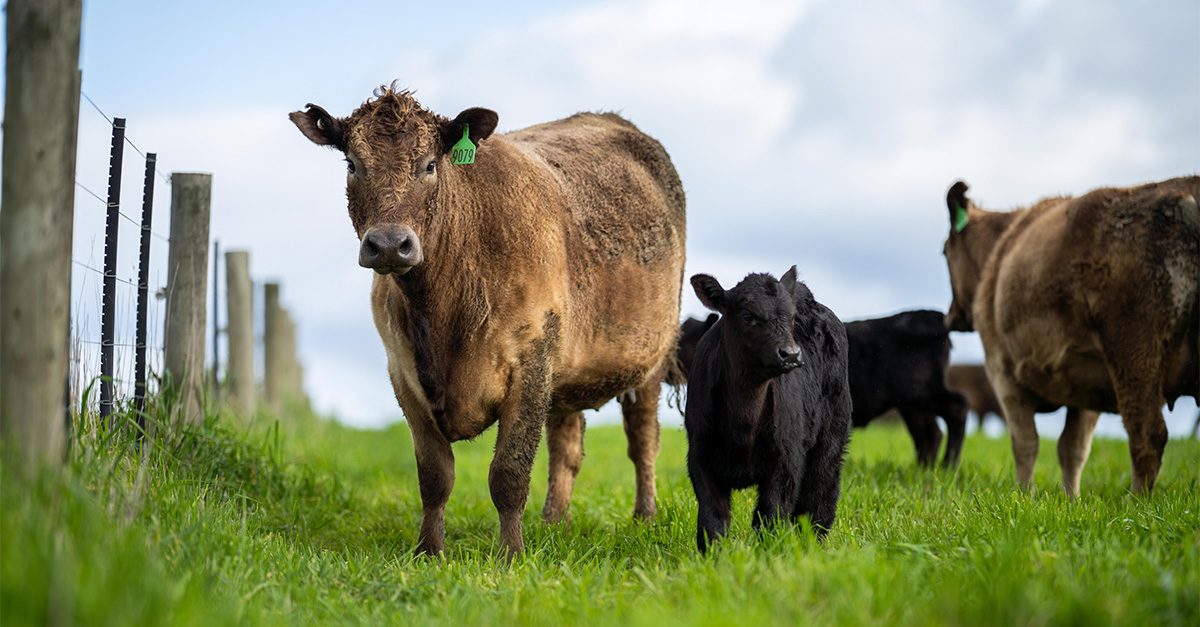
Grass-Fed Beef: Health Benefits, Sustainability, and Animal Welfare
Grass-fed beef has been gaining popularity in recent years due to its perceived health benefits and environmental sustainability.

Grain-Finished vs. Grain-Fed Cattle
Grain-finished cattle are fed a grain-based diet (such as corn or soybeans) for a shorter period, usually a few months, towards the end of their lives in order to fatten them up and improve the flavor and tenderness of their meat.

Rump Cap in Brazil: Picanha
Rump cap, also known as picanha, is a popular cut of beef in Brazil, and it is highly valued for its tenderness and rich flavor.
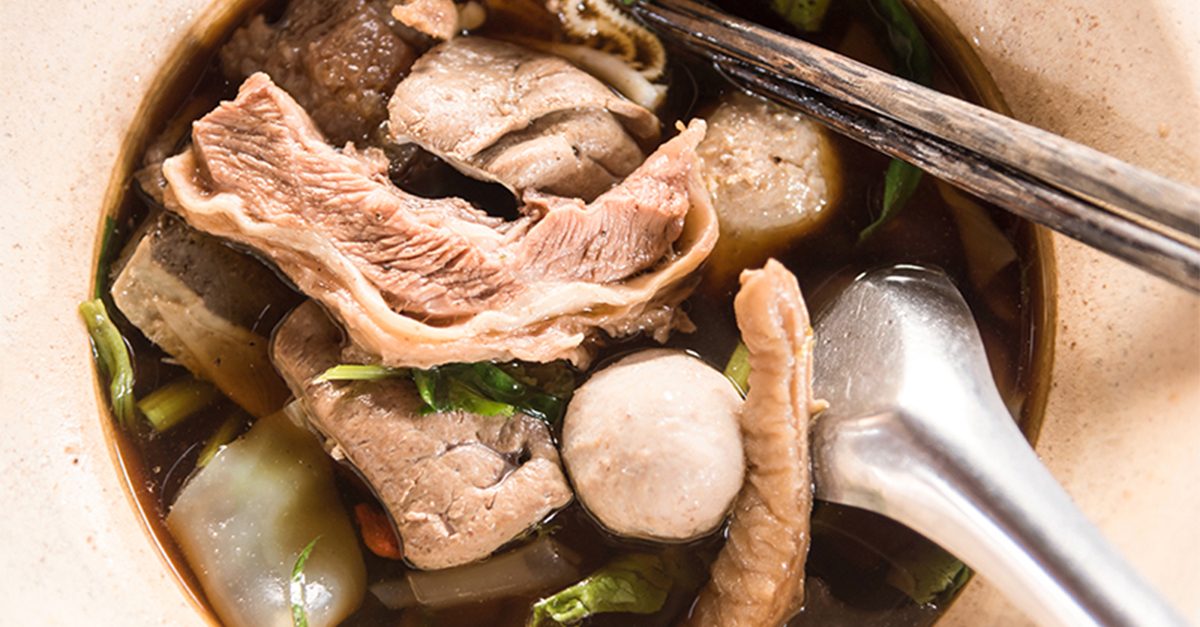
Where Does Ofall Have the Most Value?
In some cuisines, offal beef is a more affordable source of protein compared to other cuts of meat.
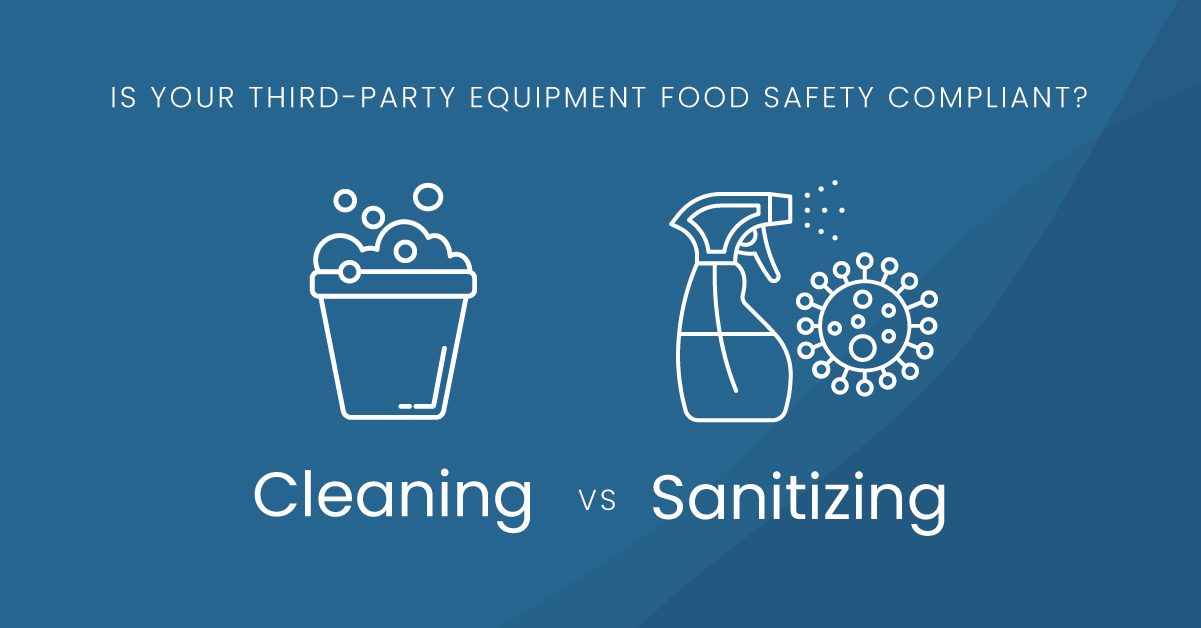
Is Your Third Party Equipment Food Safety Compliant? Cleaning vs. Sanitizing
In food and beverage processing, cleaning and sanitizing are different processes that prevent product contamination and employee safety.
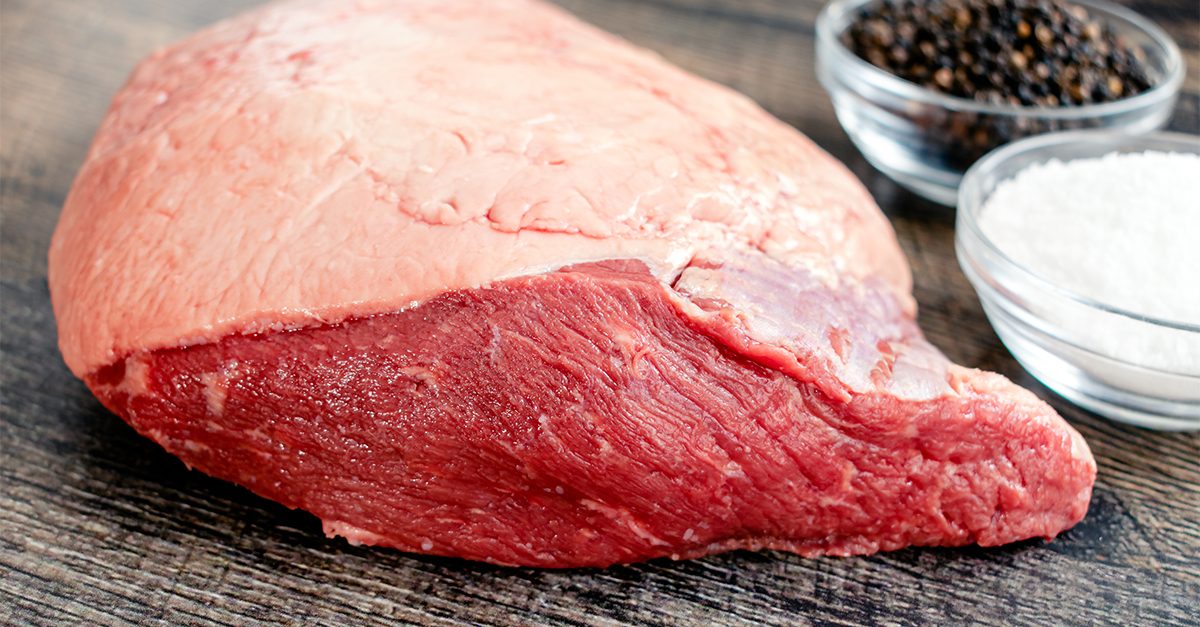
Global Beef Cuts: Rump
In America, brisket is considered a premium, high-value cut of meat. It is a large cut of meat that can feed a crowd, and the popular slow-cooking process used in barbecue allows the brisket to become tender and flavorful.
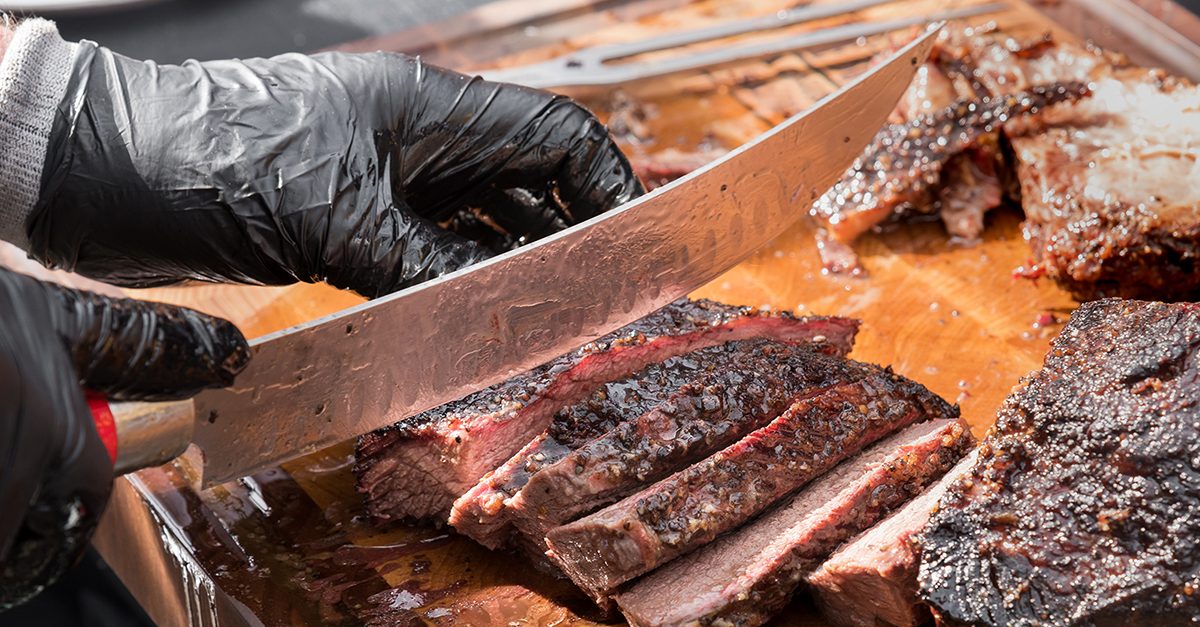
Where Does Brisket Have the Most Value?
In America, brisket is considered a premium, high-value cut of meat. It is a large cut of meat that can feed a crowd, and the popular slow-cooking process used in barbecue allows the brisket to become tender and flavorful.
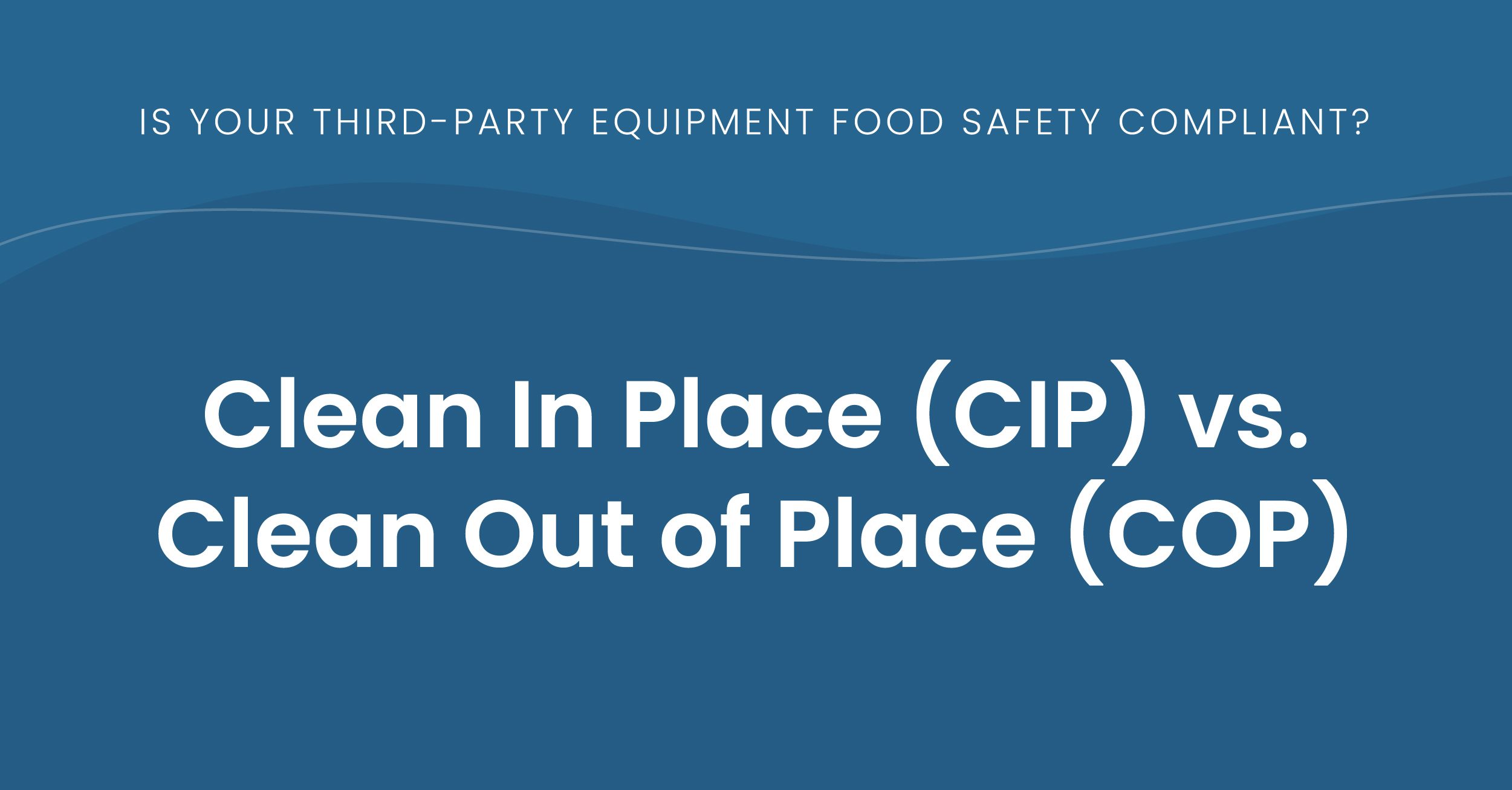
Is Your Third Party Equipment Food Safety Compliant? Clean In Place vs. Clean Out of Place
In meat production facilities, equipment and instruments can either be Clean In Place (CIP) or Clean Out of Place (COP).
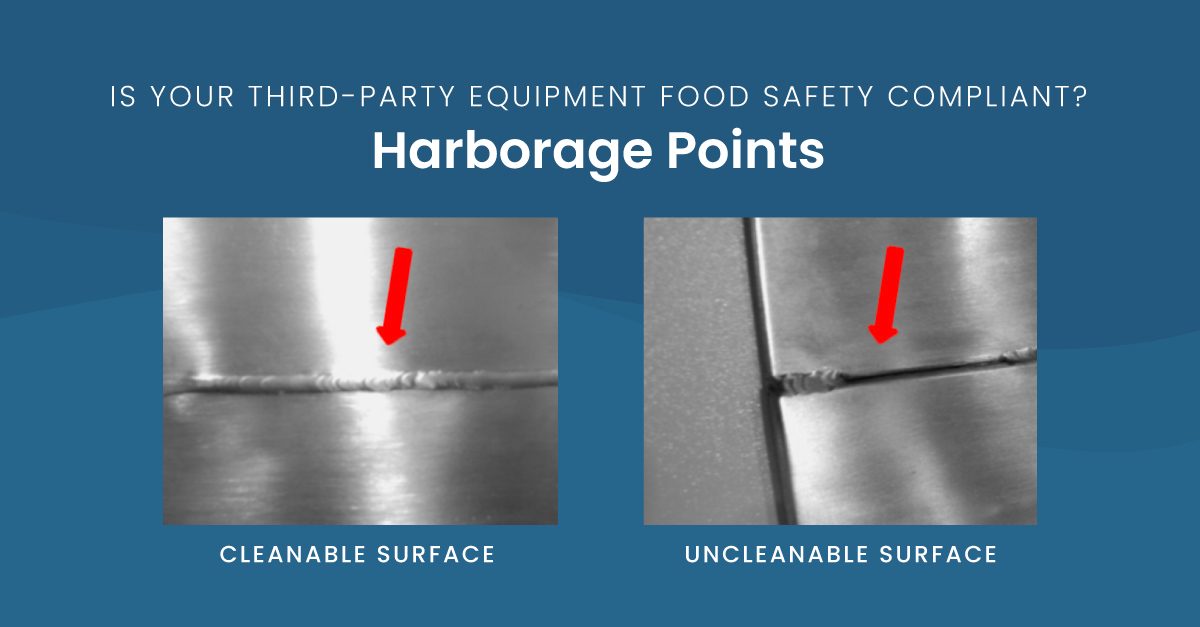
Is Your Third Party Equipment Food Safety Compliant? Harborage Points
Harborage points are defined as any place within the equipment that creates an environment where bacteria can grow.
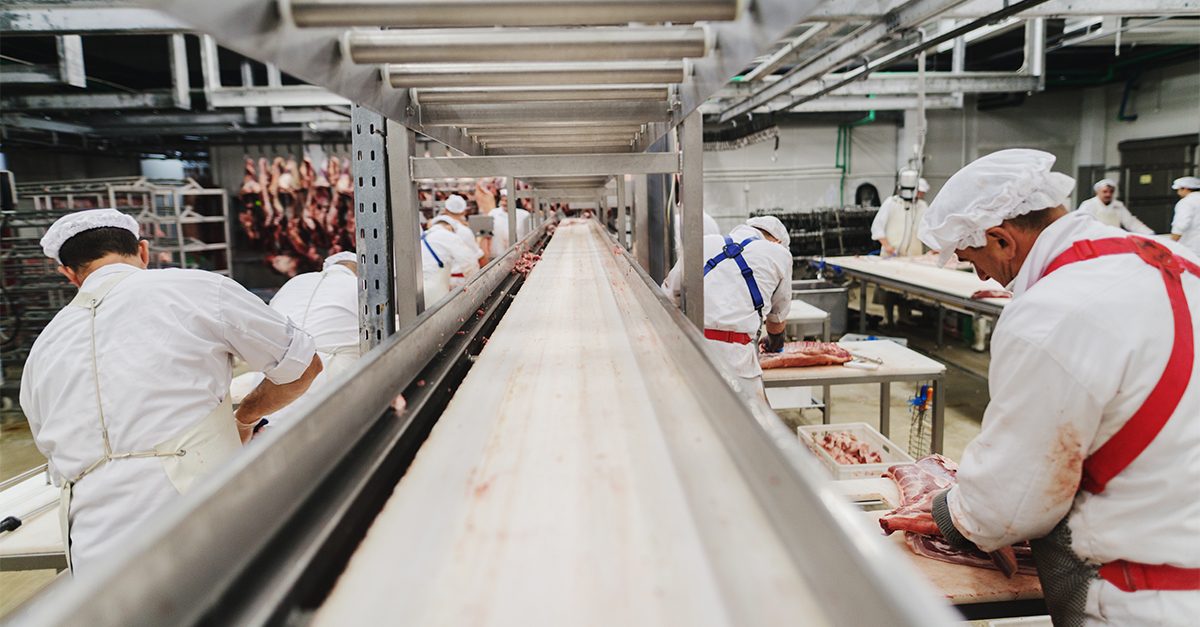
Is Your Third Party Equipment Food Safety Compliant? Hygienic Design
Hygienic design in meat processing equipment is not only required for compliance with food regulatory agencies, but also improves production safety, product quality, and time associated with cleaning.

How Protein Processors Can Leverage Aggregated Data: Production Processes
Many of the processes in meat processing require optimization to get the most valuable and highest quality product, which can be achieved with aggregated data.
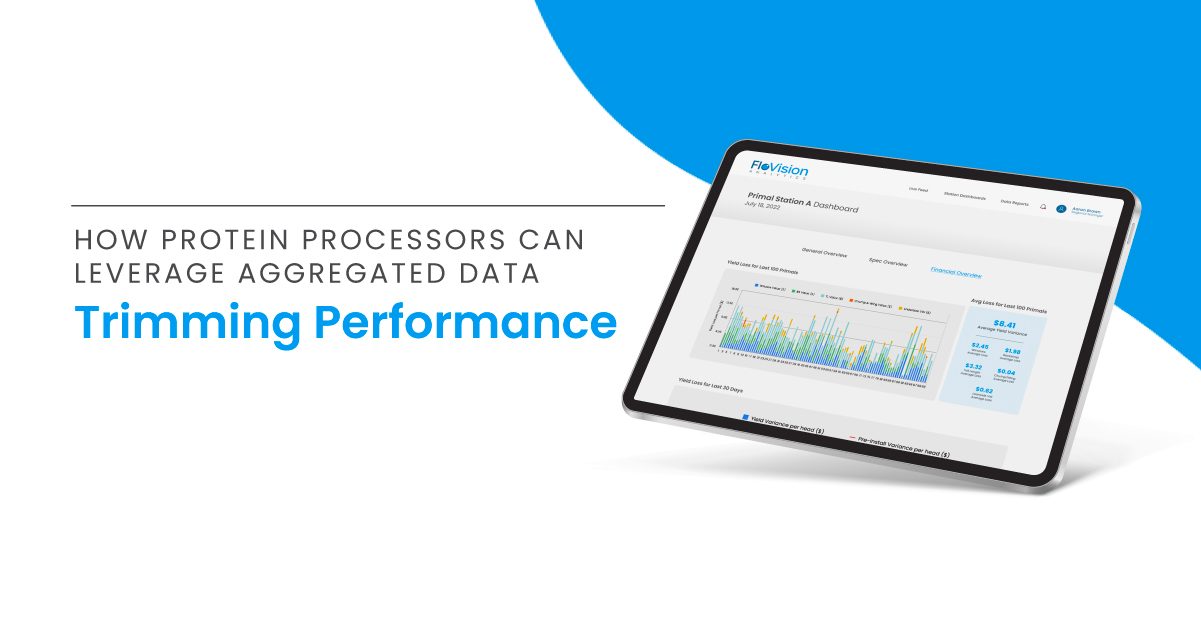
How Protein Processors Can Leverage Aggregated Data: Trimming Performance
Protein processors can lose yield on trimming performance due to butcher overtrimming and lack of visibility for management on trimming errors.

How Protein Processors Can Leverage Aggregated Data: Meat Quality
For protein processors, aggregated data can be particularly useful in understanding trends in an industry in which every product is unique. Collecting this aggregated data on meat quality, trimming performance, and production processes helps meat processors to recover yield and produce higher quality products.

Is Your Third-Party Equipment Food Safety Compliant? Contact Surfaces
When it comes to contact surfaces, meat processors must ensure that any third-party equipment and technology hardware is food safety compliant.
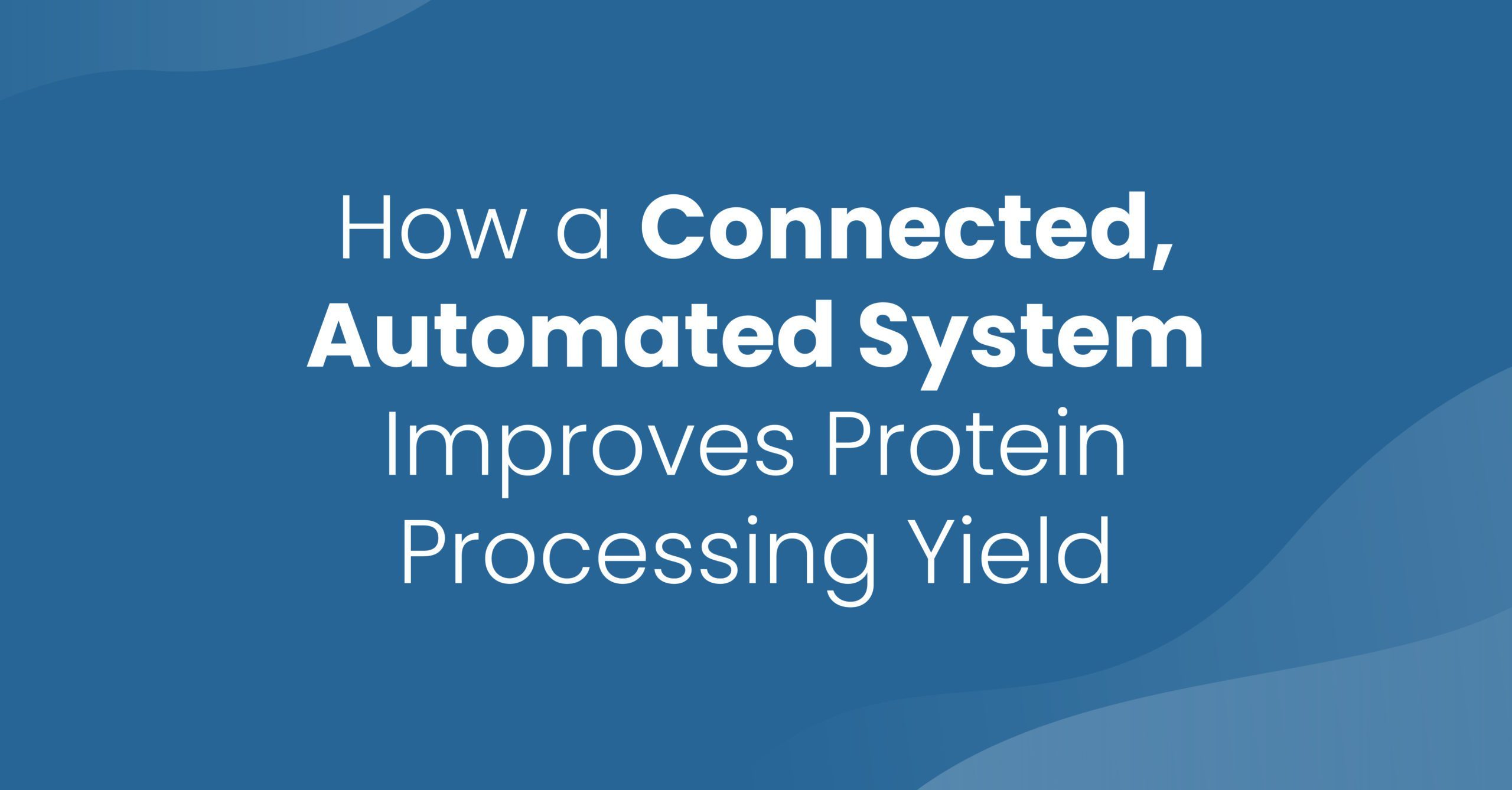
How a Connected, Automated System Improves Protein Processing Yield
In the protein processing industry, yield is everything. That’s why more and more processors are turning to connected, automated systems to help them improve their production yields.
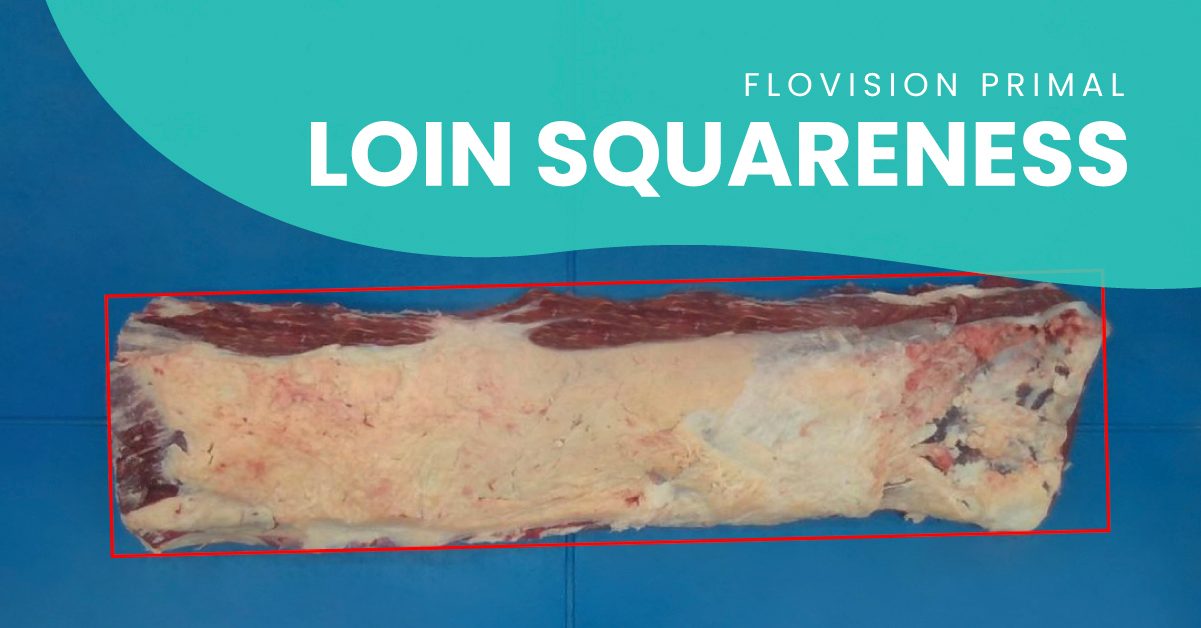
FloVision Primal: Loin Squareness
Loin squareness is a smaller measurement in the primal butchering method, but at FloVision Solutions, we’re invested in the details. Our solution measures loin squareness on primal lines in real-time to confirm butchers are positioning primals appropriately for trimming and to ensure backstraps, chump angle, and wing angle are trimmed to customer spec.
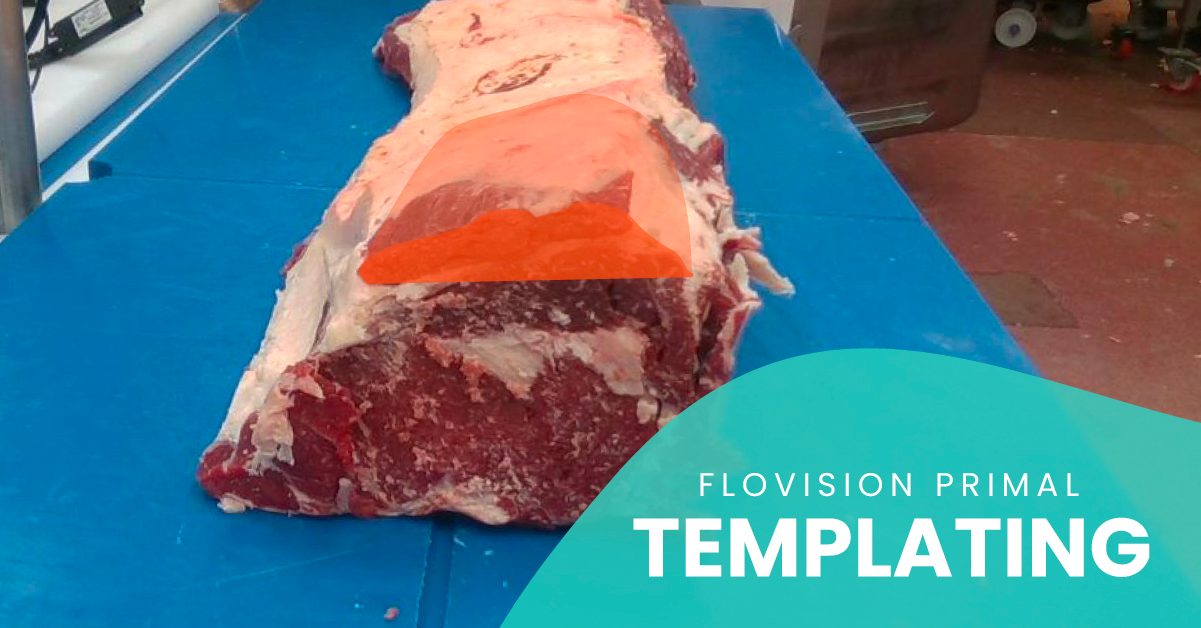
FloVision Primal: Templating
Templating takes valuable time from the primal butchering process. FloVision Solutions provides automated, precise primal measurements that save meat processors time, yield, and revenue.

FloVision Primal: Chump & Wing Angle
Improper cuts to both chump and wing angle can result in lost sirloin primal value. Depending on customer spec, chump angles should remain natural around 15°, or squared at 4°, and wing angles should be squared at 0°. Variance from these angles results in yield lost to primals of lower value or trimmings sent to visual lean lines.
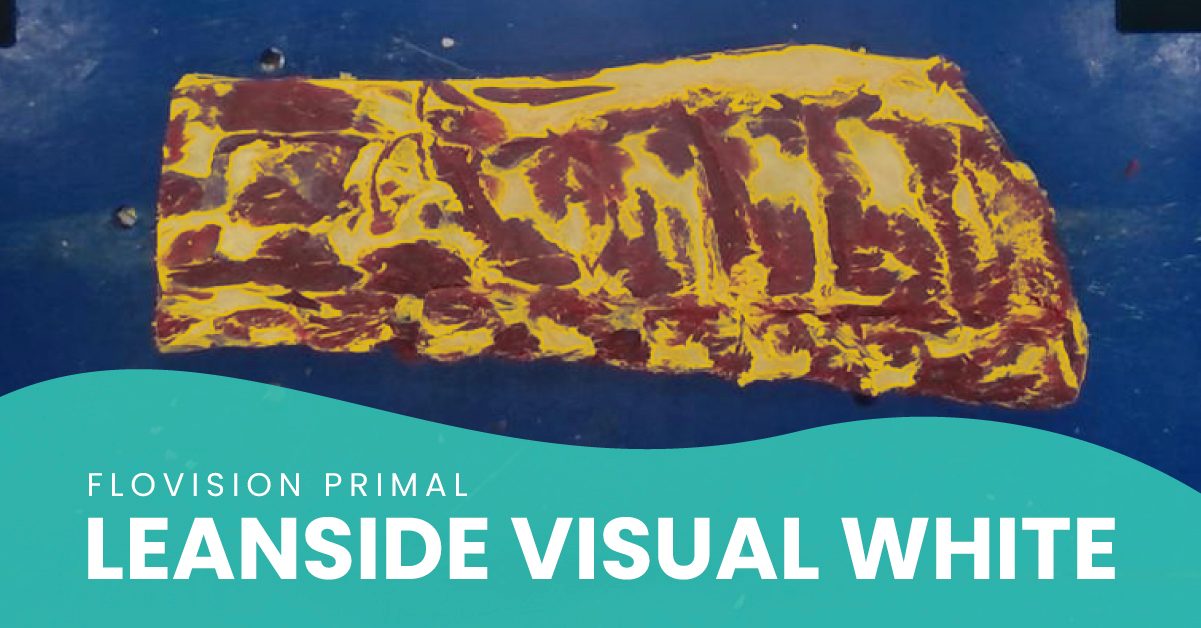
FloVision Primal: Leanside Visual White
Maximizing the fat on the lean side of a primal is a key point of profit for industrial beef processors. Fat and lean still attached to the bone after deboning is lost yield, sent to a rendering plant; when kept attached to the primal, it increases primal weight and value.
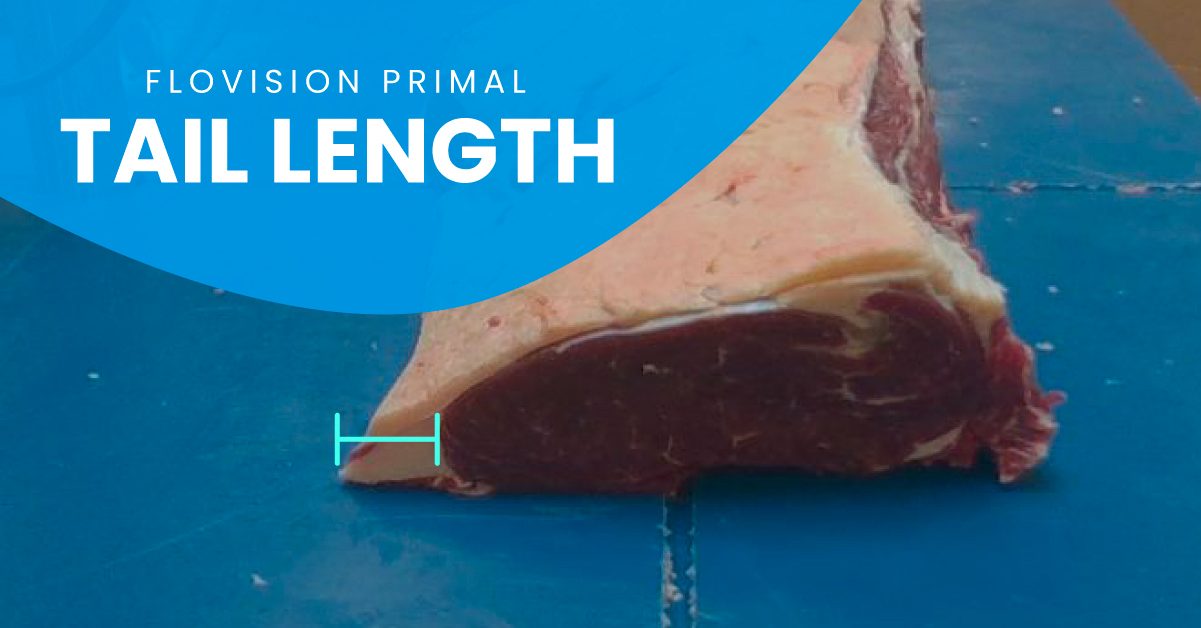
FloVision Primal: Tail Length
Meat processors are losing yield on tail length trimming – approximately $3.60 per head. With variability in both spec and untrimmed tail length, accurate cuts can be difficult to perform in real time and improper cuts can have a significant impact on the final value of a primal.
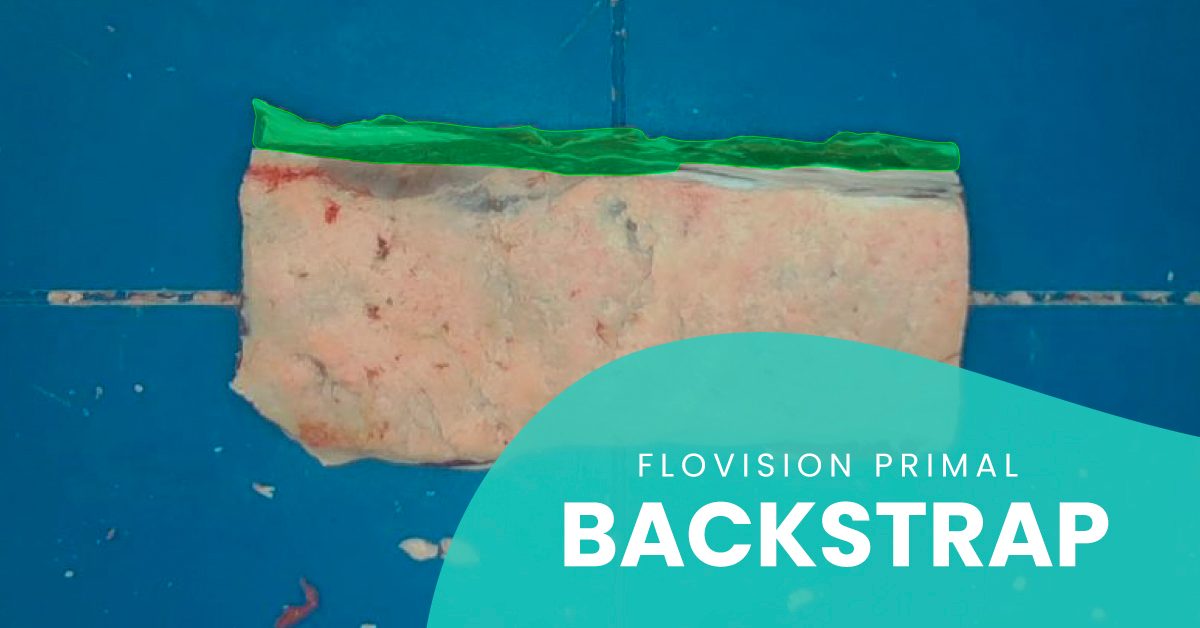
FloVision Primal: Backstrap
Primal backstraps are tough and important to remove to ensure customer quality; removal spec is typically set to a maximum width, e.g. 25mm. Trimming inconsistencies that fall outside of the spec result in significant loss of yield and profit on each primal.
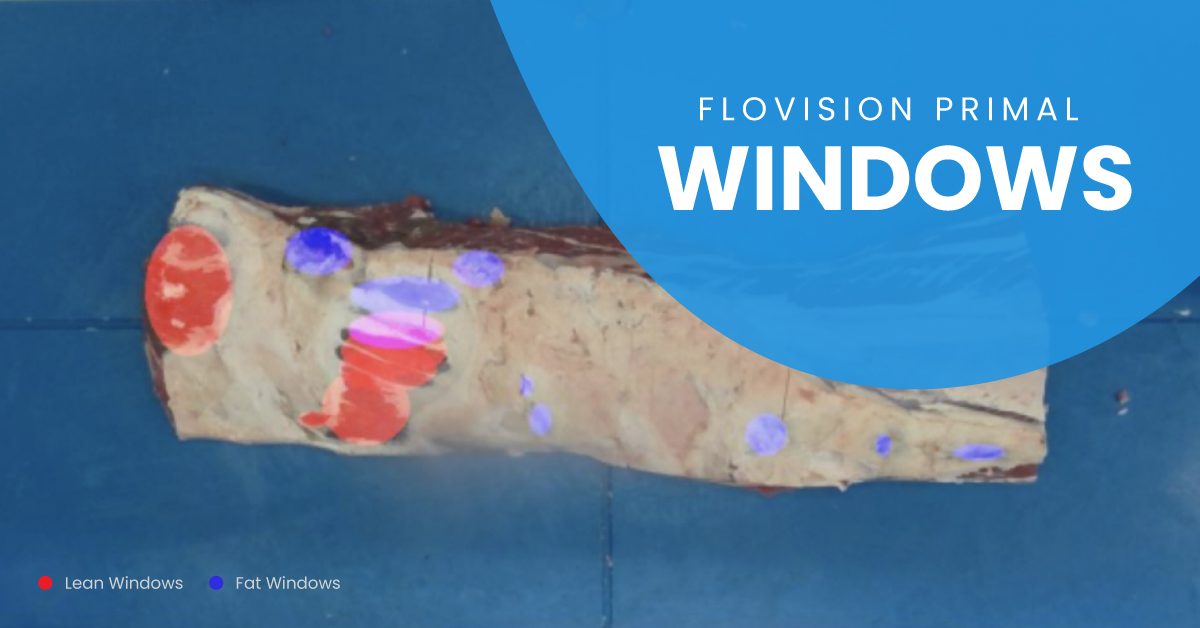
FloVision Primal: Windows
Meat processors lose the most primal yield on excess fat removal (“windows”). On average, each head loses $4.54 from fat pulled off during hide removal or improper primal cuts on the trimming table.
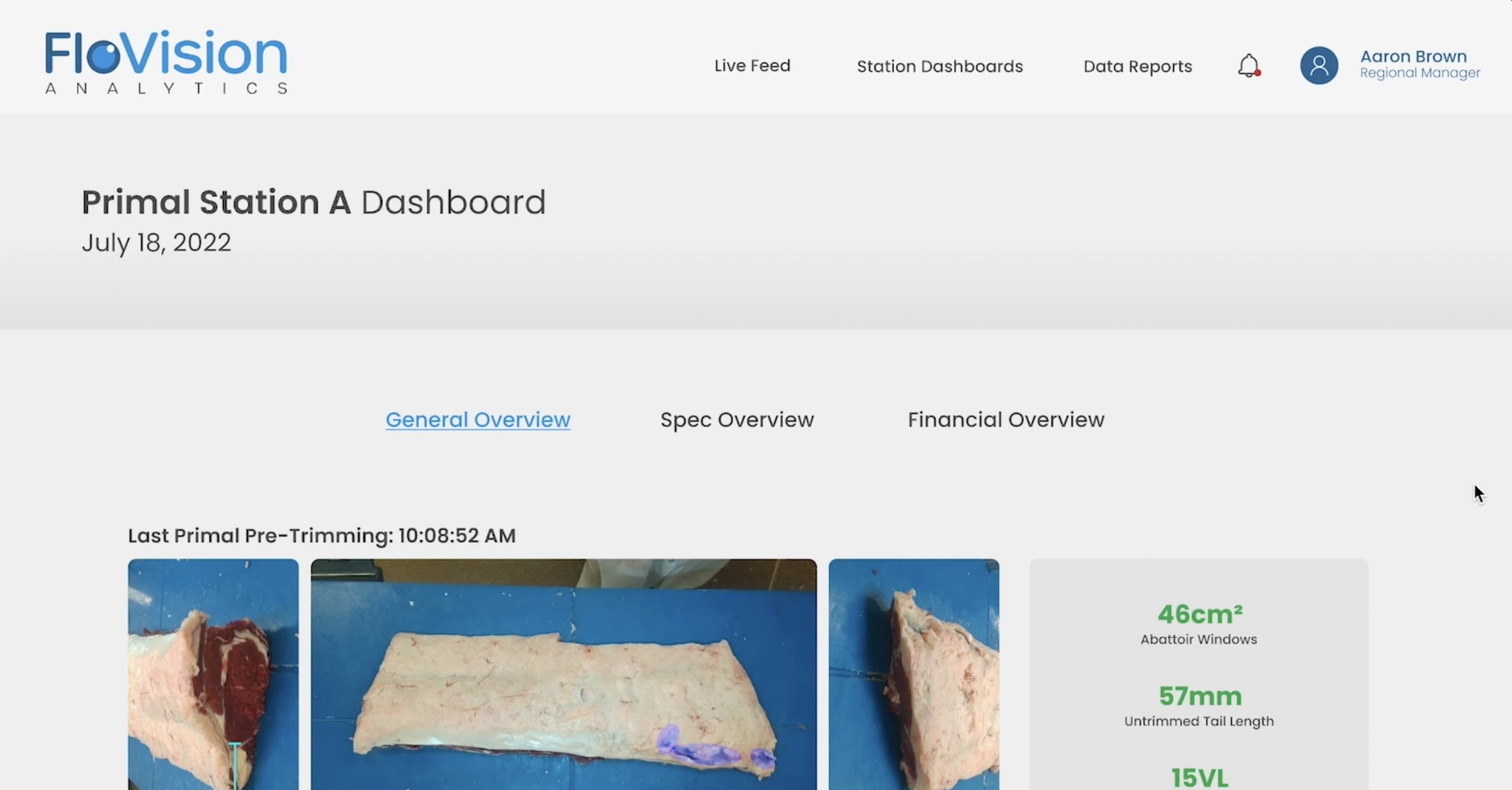
FloVision Primal: How Meat Processors Are Leveraging Technology to Recover Millions Annually
A quick breakdown of the technology that’s helping industrial meat processors recover millions in profit from lost primal yield.

How to Leverage Body Fat and Lean Value Shifts
With supply chain shortages and shifts in consumer demand beginning in 2020, the meat processing industry has seen a dramatic increase in value for an unexpected product – body fat. Since 2019, fat has stayed at a consistent $0.71 [€0.62] per kilogram on average; in April 2021, this number began to steadily rise, with the most recent reporting indicating a nearly 250% increase at $1.68/kg [€1.48/kg].

FREE GUIDE
5 Proven Ways to Maximize Striploin Primal Yield
Discover the features of striploin primals that lose the most value and five ways to measurably improve yield on these features.

